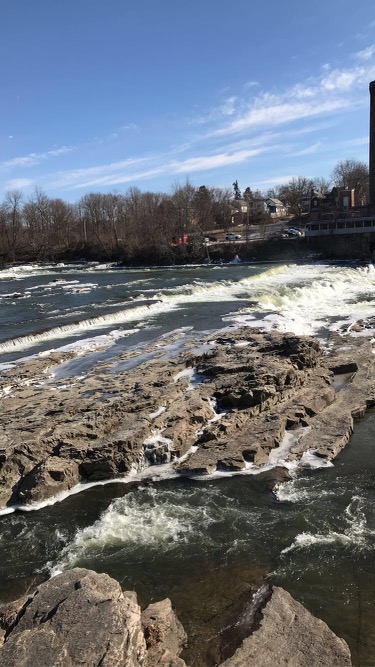Ah, the last post of the year. A bit of a bittersweet moment because I have developed a connection to this area, but I am also excited to be able to visit and not stress about an assignment attached to it. Centennial is starting to turn green again, it is much easier to identify tree species now, and the animals have become more active. I went to sit by the brook near the entrance of the woods and even saw some small fish friends swimming around in it! This was very exciting and I tried to catch some to look at, but to no avail- I will be back again though as I am determined to catch at least one little guy and study it’s patterns.

As I continued along, I found the leaves of what appears to be an intermediate wood fern- each leaflet is decided into subleaflets and each subleaflet is further divided into sub-subleafletes. The edges of the fern are also toothed and bristle tipped as seen below.


I stayed in centennial woods for upwards of three hours, just taking in all that the land had to offer and thought about how I have developed a sense of place in centennial. I wrote the following in my Write in the Rain book…
“I often find myself taking a trip down to the woods whenever I am stressed from school or struggling mentally. I like to see the trees that have stood there for so long before me, and will continue to be there long after I leave. It reminds me that no matter what happens in life, the world will keep turning and life will continue to go on. Maybe this is just wishful thinking, but I have noticed that some of the animals have started to get closer to me while I sit there. That makes me feel like I have become one with the land, and we have a mutual respect for each other. There is only one other place on this planet that brings me the same peace that centennial does- the lakes by my house and the path that runs along it. These two places make me feel grounded and safe, allowing me to forget about the outside world for a little while. And for that, I am beyond grateful.”
As I began to gather my belongings to head back to campus, I noticed that the sun setting on the trees looked particularly beautiful on this day. I captured one final photo of my spot and went on my way.











